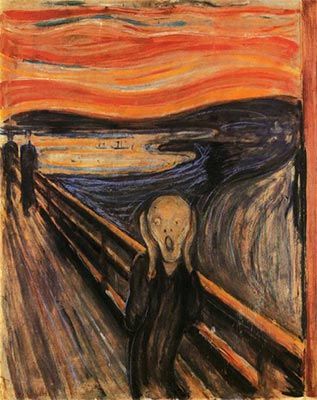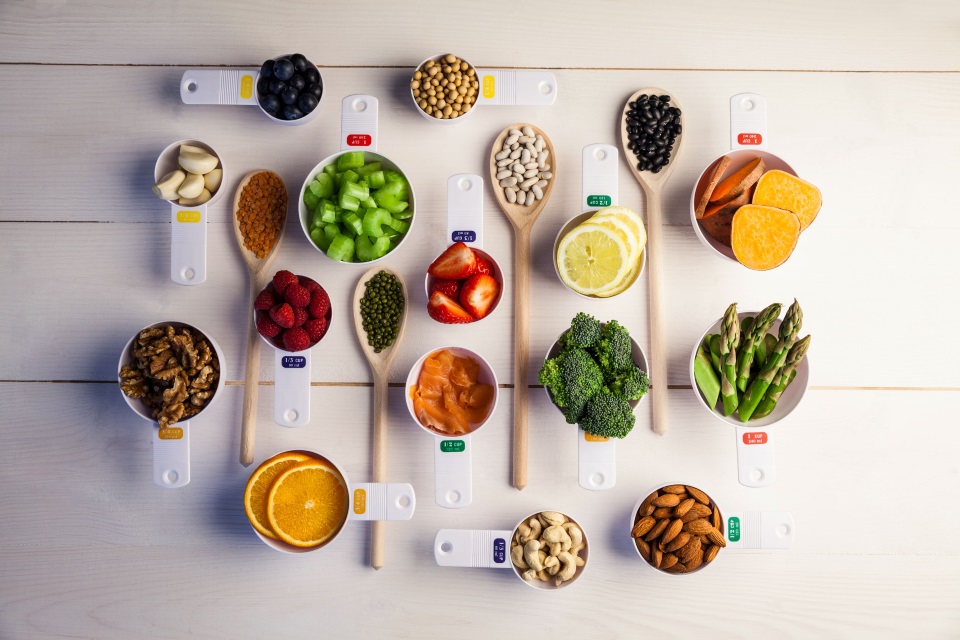- There is a clear inspiration in nature.
- Vegetables and organic shapes intertwine in the central theme.
- Straight lines are not important; curves and asymmtry do.
- Flowers, leaves, crooked twigs, insects and women hair fill the picture. (horror vacui).
1890–1905
Expressionism
- Expressionism emerged simultaneously in various cities across Germany
- It is a response to a widespread anxiety about humanity's relationship with the world
- accompanying lost feelings of authenticity and spirituality.
- Vincent van Gogh, Edvard Munch, and James Ensor proved particularly influential to the Expressionists
- Distortion of form and the deployment of strong colors to convey a variety of anxieties and yearnings.
1905 to 1920

Fauvism
1898-ca. 1908
- Fauve artists used pure, brilliant colour aggressively applied straight from the paint tubes to create a sense of an explosion on the canvas.
- Color! Nothing took precedence over color for the Fauves. Raw, pure color
- Simplified Forms Perhaps this goes without saying but, because the Fauves eschewed normal painting techniques to delineate shapes, simple forms
- Ordinary Subject Matter You may have noticed that the Fauves tended to paint landscapes or scenes of everyday life within landscapes.
- Expressiveness The Fauves were nothing if not passionate
:max_bytes(150000):strip_icc():format(webp)/ambrvoll_20-56a0383f3df78cafdaa08a1a.jpg)

No hay comentarios:
Publicar un comentario